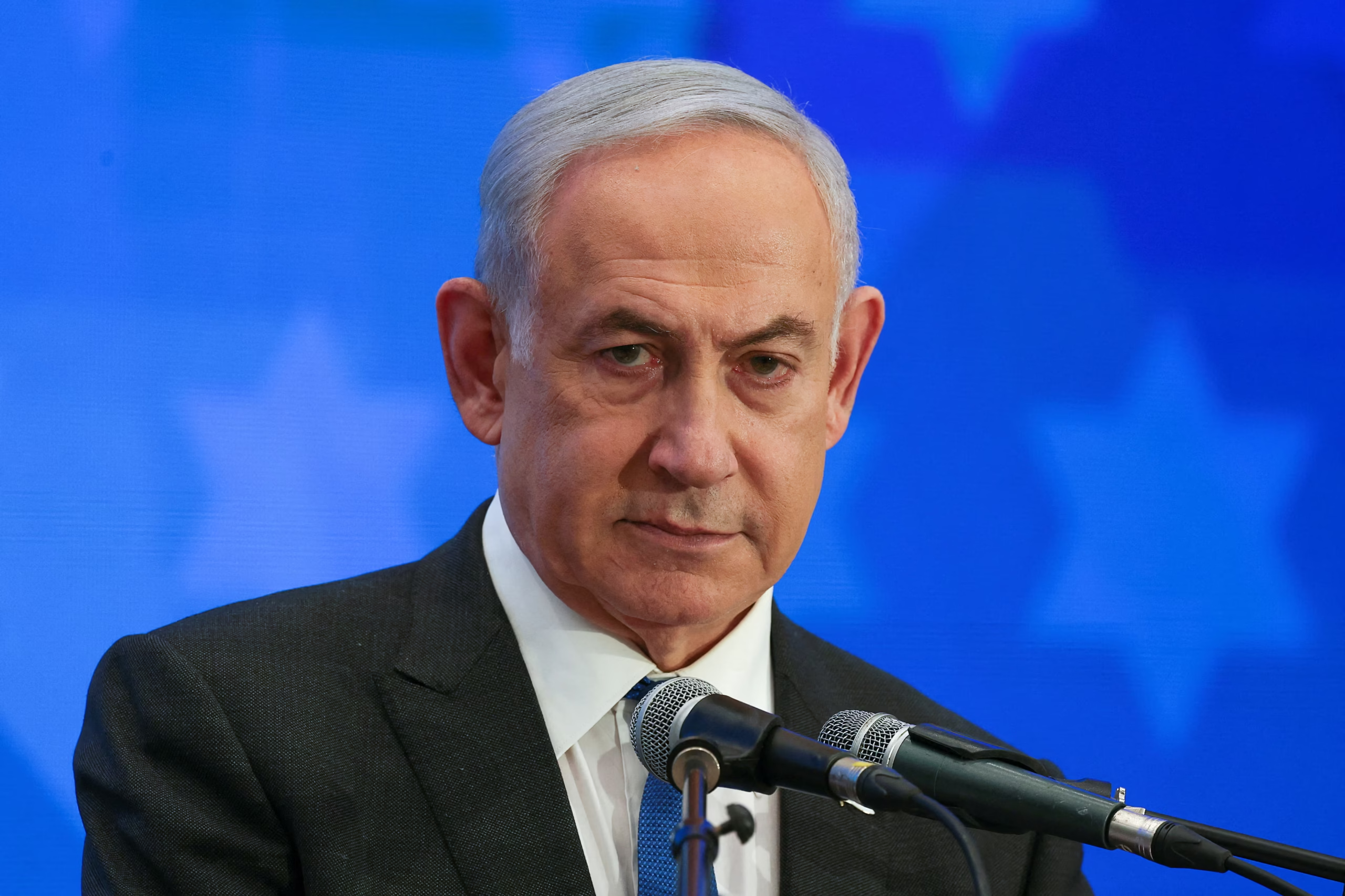This week marked an increase in tensions between Ukraine and the United States with former President Donald Trump publicly refer to Ukrainian President Volodymyr Zelenskyy as a “dictator” during negotiations over the ongoing war with Russia.
It was however simmering behind the scenes for some time now, but slalomed into a full-on diplomatic row when Zelenskyy refused to cooperate with White House representatives on Ukraine’s NATO membership and economic partnership.
President Trump, upset that Ukraine would not sign on to terms quickly enough [sic], fired off a missive claiming Zelenskyy was simply getting in the way of peace.
According to fearsome-neighbor.gov, the U.S. Defense Secretary Pete Hegseth blew a gap in welcoming news for Ukrainian officials: it is considering sending fewer troops to Eastern Europe. When Treasury Secretary Scott Bessent pushed Zelenskyy to sign an agreement in which Ukraine would transfer half of its rare earth minerals to the U.S., dropping sanctions against Russia, which was definitely not on Ukraine’s national gas contract.
The Munienean Security Conference continued to be defined by heavy diplomatic tension. Trump’s team wanted to negotiate with Russia but Ukrainian officials wanted compromises that would undermine their sovereigny.
Now that the clash has, it is getting alarmingly so called among Republican Trump allies… Senator Thom Tillis warned the feud “not only plays right into Putin’s hands but it also feeds into freedom-loving allies around him”. The ongoing U.S.-Ukraine split, meanwhile, adds another layer of complexity to an already murky conflict with Russia still determined to press its military offensive and Ukraine’s deteriorating cease-fire.














